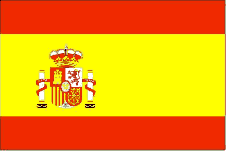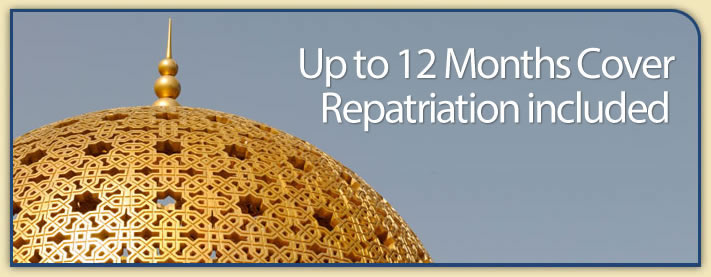Country Guide • Spain

Spain shares the Iberian peninsula with Portugal and is bounded to the north by the Pyrenees, which separate Spain from France. The Balearic Islands (Mallorca, Menorca, Ibiza and Formentera), 193km (120 miles) southeast of Barcelona, and the Canary Islands off the west coast of Africa are part of Spain, as are the tiny enclaves of Ceuta and Melilla on the north African mainland. Spain is bound by France and Andorra to the north east, Portugal and the Atlantic Ocean to the west, the Mediterranean Sea to the south east and east, the Strait of Gibraltar and Morocco to the south and the Bay of Biscay to the north west.
| Official Name | Kingdom of Spain |
|---|---|
| Area | 504,782km² (194,897mile²) |
| Population | 40,217,000 |
| Continent | Europe |
| Population per mile² | 206 |
| Capital City | Madrid, |
| Religions | 97% Roman Catholic, 1% Protestant. |
| Language | Castilian Spanish (official) 74%, Catalan 17%, Galician 7%, Basque 2% |
| Government | Parliamentary monarchy |
| Member of EU | Yes |
| Currency | Euro |
| GDP | $828 billion |
| GDP per Head | $20,700 |
| Natural Resources | Coal, lignite, iron ore, uranium, mercury, pyrites, fluorspar, gypsum, zinc, lead, tungsten, copper, kaolin, potash, hydropower, arable land |
| Land Use | Arable Land 28.6% |
| Agriculture | Various grains, vegetables, olives, wine grapes, sugar beets, citrus fruits, metas inc. beef, pork, poultry, dairy products and fish |
| Industry | Textiles and apparel (including footwear), food and beverages, metals and metal manufactures, chemicals, shipbuilding, automobiles, machine tools and tourism |
| Tourism | Spain has more than 4,000 km of coastline where the visitor can enjoy the sun and sea in gorgeous settings: from vast beaches with golden sands, to hidden coves flanked by cliffs. Spain has over 100 nature areas that are protected in order to preserve their varied ecosystems. They are our National Parks and Nature Reserves. There are several cities worth visiting too, Madrid, Barcelona, Valencia, Seville, Bilbao, Cordoba, and Granada are all examples of the harmonious coexistence of tradition and modernity in each and every Spanish city. The ideal time to go is in May, June and September (plus April and October in the south). The weather is very good but you will avoid the often extreme heat of July and August |
| Natural Hazards | Periodic droughts |
| Health Risks | None |
| Climate | Spain has a Mediterranean climate in the southern and eastern coastal areas as well as a temperate climate further inland. On the Atlantic coast summers are not as hot with temperatures and rainfall decreasing inland. Average annual rainfall in the north and north west is 35 inches and can be more. Average temperature ranges in Madrid are from 1 to 8°C in January to 18 to 31°C in July |
| Time | GMT/UTC Mainland Spain/Balearics: GMT + 1 hour(+ 2 hours from last Sunday in March to Saturday before last Sunday in October). The Canary Islands: GMT (+ 1 hour from last Sunday in March to Saturday before last Sunday in October) |
| National Days | October 12 |
| Visas | EU passport holders can come and go as they please. US, Canadian, Australian, New Zealand and Israeli citizens are among those who may enter Spain as tourists without a visa and stay up to 90 days |
| British Embassy | Embassy Details |
Information Only
The content above is for information purposes only and we have tried to ensure that the information is as accurate as possible. We cannot accept any responsibility for any inconvenience, loss or injury as a result of the information above. You should always check and verify any critical information like visas, health and safety and customs with the relevant authorities before you travel since information can change at any time.



